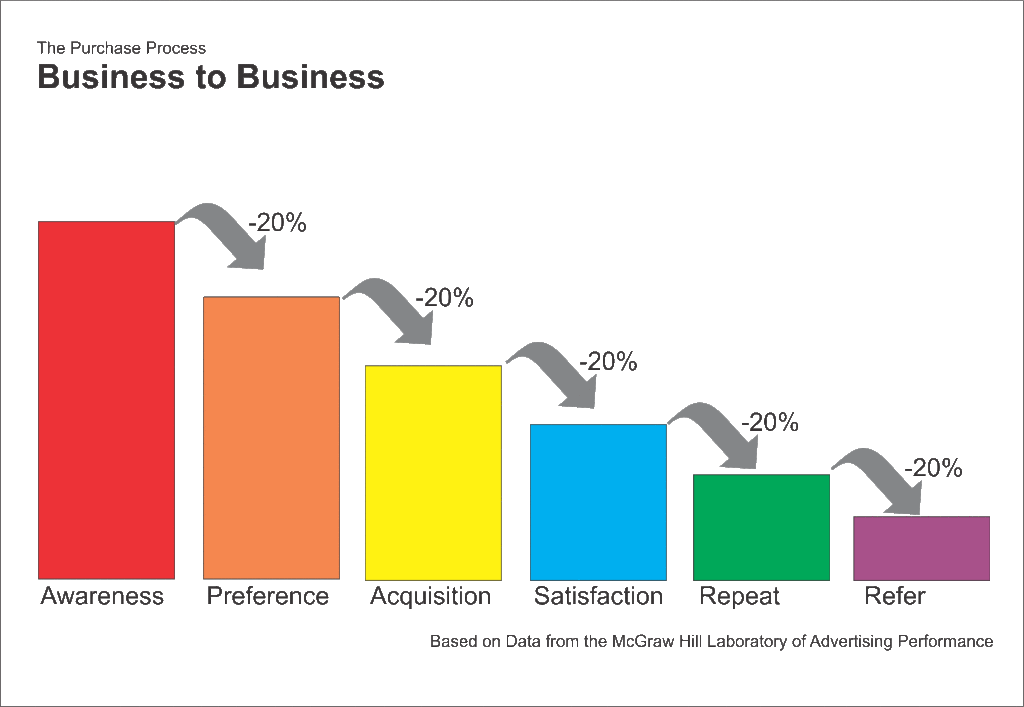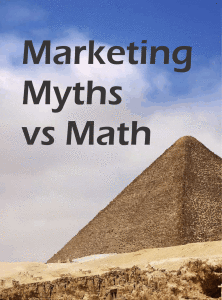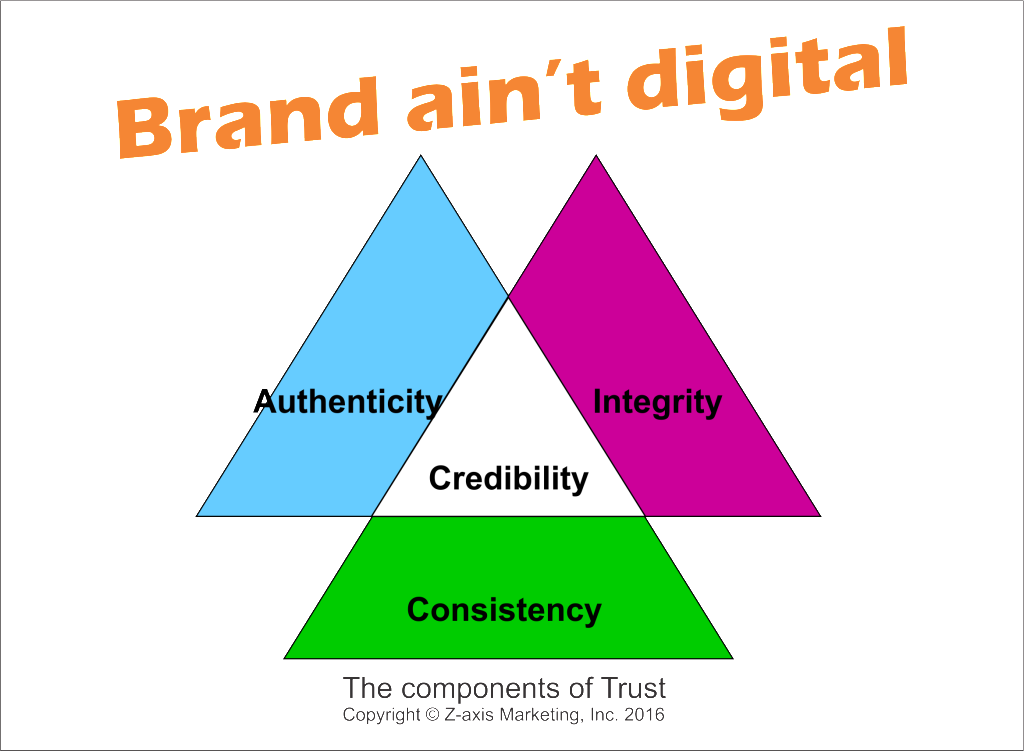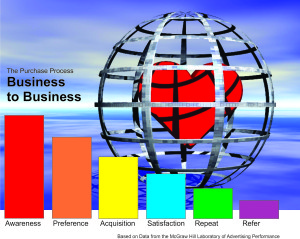“Look out,” Rick warned the others, “he’s on a rant.”
Gail, the calm presence that is the wordsmith in the group asked, “What is it this time?”
Kate looked over her glasses leaned in and said, “Every time he goes to the bank lately he comes out snarling and snarky. First it was the lines and then it was being asked for identification. Who knows what it was this time?”
Rob, last as usual, sat down and without asking looked at Fletch and asked, “So what’s the burr under your saddle today?”
“Customer DisService,” I said.
“Theahs a lot of that going around,” Rob allowed in his familiar southern drawl.
“I went to the bank just before coming to lunch and once again the line was 6 people deep and there was only one teller. Of course there were three managers discussing their coming weekend over in a cubicle. And when I finally got to the counter the teller asked me for identification even though I was making a deposit into my account with a pre-printed deposit slip and not taking cash! I commented that there was no way I could walk away from this transaction with any cash so the ID thing was ridiculous. Then she told me that tellers are now required by the bank to check the ID of people making cash deposits!
Banks are absolutely the worst in my view. The turnover since the old manager left this branch has been 100%. All the professionalism is gone. Folks my age talk about it in line. It is pretty bad when the bank doesn’t trust its own customers”
“So why don’t you change banks?” Chris asked.
“Because I hear it is just as bad everywhere else.”
“You have no idea,” said Chris. Friend of mine bought a soup deli franchise and now he’s working twice as many hours. Every time he thinks he’s got the staff and shift leaders nailed down one of them just doesn’t show up so he has to fill in. He tells me it happens all the time. Makes me sure I don’t want to have employees if I go back to running my own business.”
Rick waved both hands in the air to get our attention and said, “My experience last week gets the prize.
I went to a national department store and picked out a jacket and a couple shirts just for knocking around. I got in line at a checkout. There were only two people in front of me. 25 minutes later I was still waiting. Two other business men behind me had dumped selections on the counter and said they couldn’t wait around for the clerk. In that 25 minutes only one other clerk had come to help. Finally, a young lady said she could help the next in line. As I passed the counter I muttered that it was about damn time. The original clerk started berating me. You know I’m a mild mannered guy but he really ticked me off. I dropped the coat and shirts on the counter and told him my comments were made for obvious reasons and that his ineptitude had resulted in over $1000 in sales being lost by the store.
I went back to the office and wrote a letter to the President of the company. A few days later, the President called me. No, I would not tell him the name of the employee and no I didn’t want anything other than to let him know he had a problem out here in the hinterlands. If the clerk had simply acknowledged the people in line and stopped using the sell them a credit card script and doing everything by the book, the sales would not have been lost.
Today, I got call from the store manager. After we got through the fact that I would not name the individual we had a conversation about what the store manager’s job is like. It is the same as Chris was talking about. Employees seem to have no sense of their importance in how customers see the company. They just aren’t trained to think about service. Instead they are given scripts and told they must do things one way regardless of the situation. That’s not his choice. It is a corporate mandate“
Bubba, the branding Guru cleared his throat and said, “Now y’all know why it is so hard to keep a positive brand differential. The more locations and the more people you have the more chances there are for Customer Dis Service to happen especially if you push employees to do everything by the book.”
The Takeaway:
Service perceived as good is a matter of trust. Banks apparently don’t trust customers. Corporations obviously lack trust in employees ability to think and adapt to the situation.
DisService might be cured in your organization by getting to trust with customers, staff and yourself.
Jerry Fletcher’s blog recaps conversations with clients, prospects and the unruly mob of business development professionals he consorts with. They discuss marketing that works from solopreneur to enterprise level. Jerry Fletcher is the ringleader and “Watson” of the dialogue. Sign up for the blog and other publications at: www.JerryFletcher.com/Profit.html
Jerry has been researching and implementing small business marketing that builds businesses, careers and lives of joy for 25 years as President of Z-axis Marketing, Inc. Learn more at www.JerryFletcher.com
Schedule a personal appearance. Jerry speaks internationally on Networking, Marketing and Contact Relationship Magic. www.NetworkingNinja.com
 Clients and customers want more. Every interaction gives you the chance to make your band more memorable to them. But there is good memorable and not-so-good memorable.
Clients and customers want more. Every interaction gives you the chance to make your band more memorable to them. But there is good memorable and not-so-good memorable.









